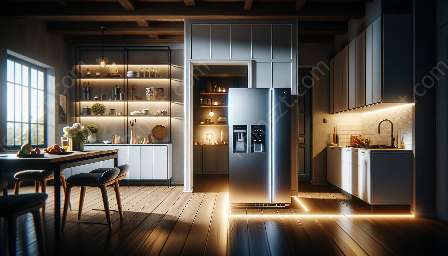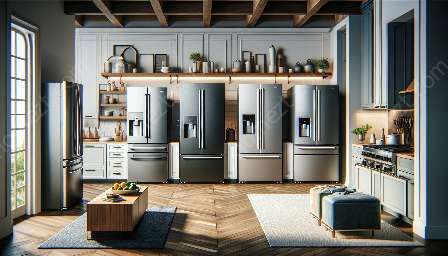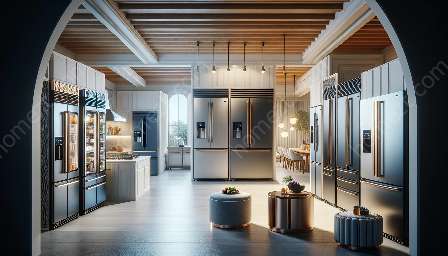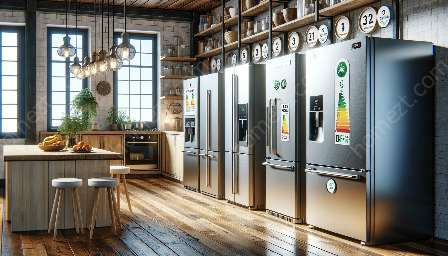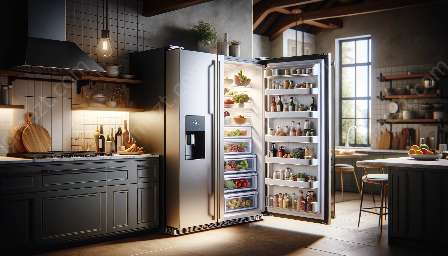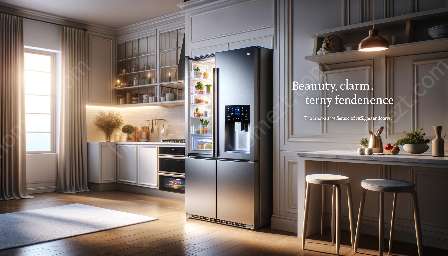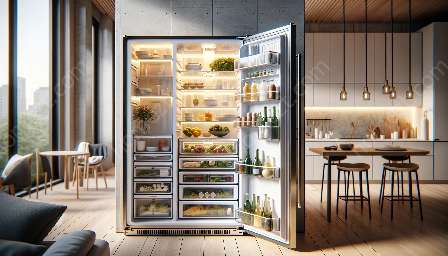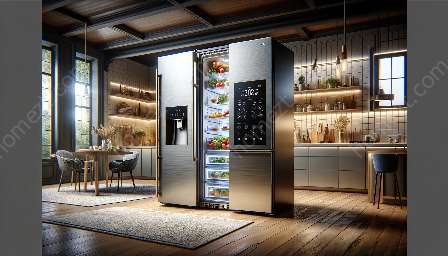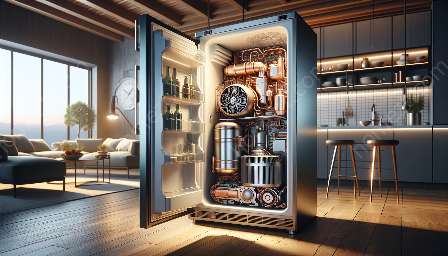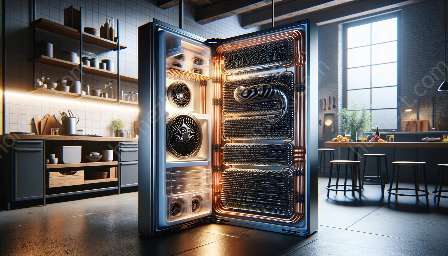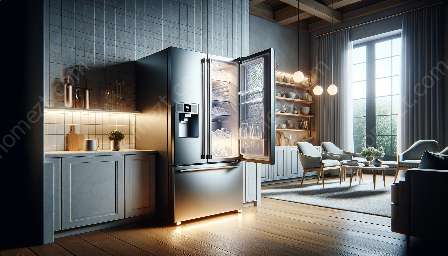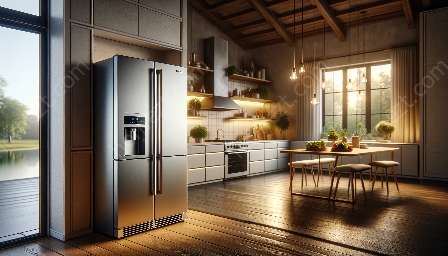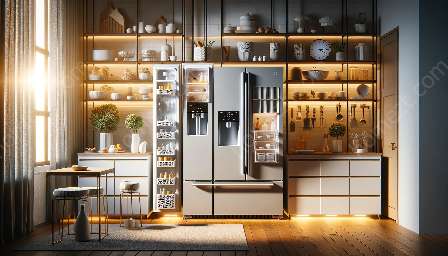Refrigerators play a crucial role in keeping our food fresh and organized. The interior layout of a refrigerator is designed to optimize space and functionality, ensuring that items like food and beverages stay at the right temperature and are easily accessible. In this comprehensive guide, we will delve into the various aspects of refrigerator interior layout to understand how it impacts efficiency and usability.
Key Components of Refrigerator Interior Layout
Understanding the key components of a refrigerator's interior layout is essential to optimizing its storage space and functionality. Let's explore the key features that form the foundation of an efficient refrigerator interior.
Shelves and Adjustable Shelving
One of the most important elements of a refrigerator's interior layout is its shelves. Shelves provide the primary storage space for various food items such as dairy products, meats, and vegetables. Some refrigerators come with adjustable shelving, allowing users to customize the space based on their needs. This feature enables the accommodation of larger items and helps in organizing the refrigerator contents effectively.
Door Bins and Compartments
The door of a refrigerator typically contains bins and compartments that are designed to hold condiments, bottles, and other smaller items. These bins and compartments are strategically placed to maximize the use of the door space, keeping frequently used items easily accessible. Some refrigerators come with adjustable door bins that can be repositioned to accommodate different sizes of containers.
Drawers and Crispers
Refrigerator drawers and crispers are designed to keep fruits, vegetables, and deli items fresh and organized. The humidity levels in these compartments can often be adjusted to create an optimal environment for specific types of produce. Some refrigerators feature multiple drawers with temperature controls, allowing users to store different food items at their ideal temperatures.
Specialized Zones
Many modern refrigerators include specialized zones such as meat or deli drawers, dairy compartments, and wine racks. These zones are designed to provide specific storage conditions to ensure that different types of food items are kept at optimal temperatures and humidity levels, prolonging their freshness.
Factors Influencing Refrigerator Interior Layout
Several factors influence the design and layout of a refrigerator's interior. Understanding these factors can help consumers choose a refrigerator that best fits their storage needs and lifestyle.
Size and Capacity
The size and capacity of a refrigerator play a significant role in determining its interior layout. Larger refrigerators typically offer more shelf space, additional drawers, and flexible storage options, making it easier to organize and store a wide variety of food items.
Style and Configuration
Refrigerators come in various styles and configurations, such as side-by-side, French door, and bottom freezer. Each style has a unique interior layout that caters to different storage preferences. For example, French door refrigerators often feature spacious shelves and customizable compartments, while side-by-side refrigerators offer vertical storage options.
Organizational Features
Advanced organizational features, such as sliding shelves, foldable shelves, and dividers, contribute to the flexibility and efficiency of a refrigerator's interior layout. These features allow users to customize the storage space according to their needs, ensuring that items are easily accessible and well-organized.
Maintaining an Organized Refrigerator Interior
Keeping a refrigerator interior organized is essential for efficient food storage and retrieval. Here are some tips for maintaining an organized refrigerator interior:
- Regularly clean and declutter the refrigerator shelves and drawers to remove expired or spoiled items.
- Use storage containers and bins to group similar items together, making it easier to find what you need.
- Label containers and shelves to identify where specific food items belong, helping household members maintain the organization.
- Arrange items based on their expiration dates to ensure that older items are used before newer ones.
- Utilize refrigerator organization accessories, such as egg holders, can organizers, and stackable bins, to maximize the available space.
Conclusion
The interior layout of a refrigerator plays a crucial role in maintaining the freshness and organization of food items. By understanding the key components, factors influencing the layout, and tips for maintaining organization, consumers can make informed decisions when selecting a refrigerator that best suits their needs. With an efficiently organized interior, a refrigerator can effectively preserve food and enhance the overall kitchen experience.

